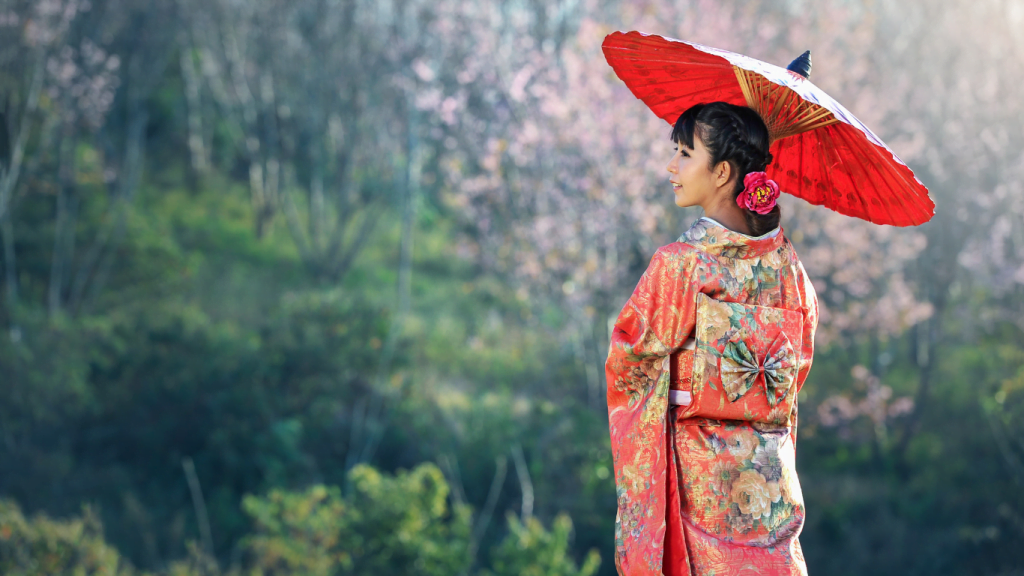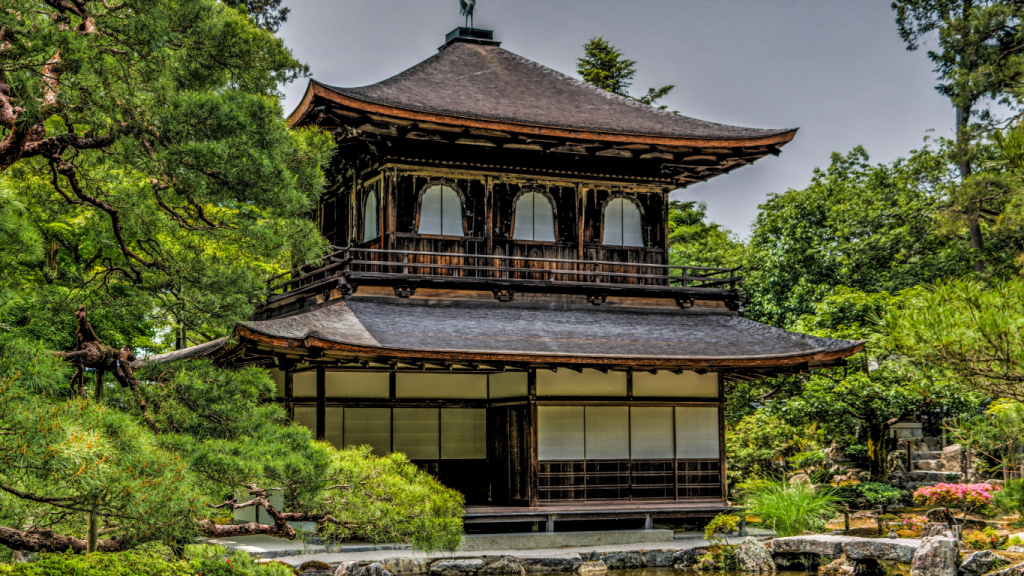Known in Japan as “Kodama Aoimizu” no specific ceremony or ritual associations with bringing good luck or prosperity. This may be a local or regional belief, but it has yet to be commonly known. In Japan, there are many customs, rituals, and ceremonies associated with good luck and prosperity. And other blessings, such as Shinto and Buddhist practices, as well as traditional customs.
What is Kodama Aoimizu?

Still not aware of any specific custom or ritual in Japan called “Kodama Aoimizu” which associated with good luck or prosperity. It is possible that this may be a local or regional belief and not generally known or recognized. In Japan, there are many customs, rituals, and ceremonies associated with good luck, prosperity, and other blessings. Such as Shinto and Buddhist practices, as well as traditional customs. But it is not one of them.
How Does Kodama Aoimizu Effort?

Aware of any specific information regarding the level of energy associated with the custom of Kodama Aoimizu. And how long it has been in practice. It is possible that this custom or ritual has been passed down through generations. It has been performed for over 1,000 years in certain regions or communities in Japan. But it is difficult to confirm this without more specific information or research. It’s important to note that many customs, rituals, and ceremonies in Japan have been passed down for centuries and have deep cultural and historical roots.
again inform aware of any specific ritual or custom called “Kodama Aoimizu” in Japan. The associations with bringing good luck or prosperity. Japan associations with good luck, prosperity, and other blessings, and these are performed at specific times of the year. Such as the New Year, harvest time, and other important events. These customs are deeply rooted in Japanese culture and have a long history. However, still don’t have any knowledge about the specific ritual named Kodama Aoimizu.
History of Kodama Aoimizu
Kodama is a spirit of a tree in Japanese folklore, and Aoimizu is a term referring to blue water. But I couldn’t find any information about a specific ritual that combines these two elements and associated with bringing good luck or prosperity. It is possible that this could be a regional belief or custom that not widely known or recognized.
It is important to note that Japan has a rich history of customs, rituals, and ceremonies, many of. Which have been passed down for centuries and have deep cultural and historical roots. If you have any more specific information or context about Kodama Aoimizu. If you would like me to help you with this, please let me know.
When Buddhism was introduced to Japan in the 6th century. It quickly gained popularity and support from the ruling class, as well as the general population. One of the reasons for its success was the fact that it offered a spiritual and moral code. It could be embraced by both the ruling class and the common people.
It was also recognized that Buddhism could. Be used as a powerful tool for political and military purposes. Buddhist monks and temples had significant wealth and power and were able to provide support. The ruling class in the form of religious and spiritual guidance. As well as physical defense. Monks trained in martial arts and armed to protect the ruling class and Buddhist temples. Often used as fortresses and military bases. This allowed the ruling class to use Buddhism as a means to gain and maintain power. It also allowed the Buddhist monks to gain influence and wealth.
An Introduction to Kodama Aoimizu: Japan’s Ancient Water Spirits
It was mentioned. Kodama (木霊) are spirits or entities in Japanese folklore that are said to inhabit trees. Particularly old and large trees like the giant camphor tree. These spirits also said to be able to bring good luck and prosperity. In the context of “Aoimizu” (青水). A kind of ritual that is performed to worship the spirits of water in Japan. Some people believe that by performing this ritual. They can invite the spirits of water to bring good luck, prosperity, and other blessings.
It is important to note the belief in Kodama and the practice of Aoimizu. They are not widely known in Japan today and these may be part of local or regional beliefs.
Exploring the People and Culture of Kodama Aoimizu
It is a remote and sparsely populated region in Japan. Due to its isolation, it may have been able to maintain traditional customs and ways of life that have been lost in more urban and developed areas. The remoteness of the area may also contribute to its feeling of being “frozen in time.”
Spending time with a local family in Kodama Aoimizu will give you an authentic and in-depth understanding of the daily life and culture of the region. Living with a local family will allow you to learn about their customs, traditions, and way of life firsthand. It can also allow you to participate in activities that may not be available to tourists and visitors. It can be a great way to experience the local culture and get a true sense of what life is like in this remote corner of Japan. If you want to get more ideas like these topics, stay with the OD News.
The cuisine of Kodama Aoimizu
It is a place with a peaceful and serene atmosphere, where nature plays a big role in the environment. The way the sunlight filters through the trees might create a sense of tranquility and stillness. It can contribute to the feeling that time has stopped. The natural surroundings, combined with the isolation and tradition of the region. It can create a unique and special atmosphere that makes Kodama Aoimizu stand out. The natural beauty and peacefulness of the place will likely make. It is a great destination for those who are looking for a break from the hustle and bustle of everyday life. And want to reconnect with nature and tradition.
Okinawa’s cuisine is known for its unique blend of flavors and ingredients. The use of local produce, such as pork and seafood, and traditional cooking methods. Such as using Awamori (Okinawa’s traditional liquor) in marinades and sauces. They contribute to the distinct taste of Okinawa’s dishes. Additionally, the island’s history as a trading hub. It has also influenced its cuisine, with influences from China and Southeast Asia present in dishes. Such as Okinawa soba (noodles) and refute (braised pork belly).
Soba noodles, tempura, and grilled fish popular dishes in Okinawa cuisine. Soba noodles, also known as Okinawa soba. They are made from wheat flour often served with a variety of toppings. Such as pork and vegetables. Tempura is a dish of deep-fried seafood and vegetables. It also commonly found in Okinawa. Grilled fish, known as “Ishigaki-yaki,” is a staple in Okinawan cuisine, made with local fish. Such as tuna marinated in a mixture of soy sauce, sugar, and Awamori. These dishes are all examples of simplicity. Yet the complexity of Okinawan cuisine and its blend of traditional and contemporary flavors.
Related post: Home Emma s Travel Tales
Conclusion
Kodama Aoimizu is a lesser-known region of Okinawa, known for its natural beauty and unique cultural heritage. The area is known for its traditional Ryukyu culture. It is distinct from mainland Japanese culture. The local cuisine, with its blend of flavors and ingredients. It is also unique to the area and adds to the overall sense of mystery and intrigue surrounding Kodama Aoimizu. The area’s remote location and lack of international tourism may contribute to its mysterious and lesser-known reputation. Making it a fascinating destination for those who seek to explore and discover new places.

